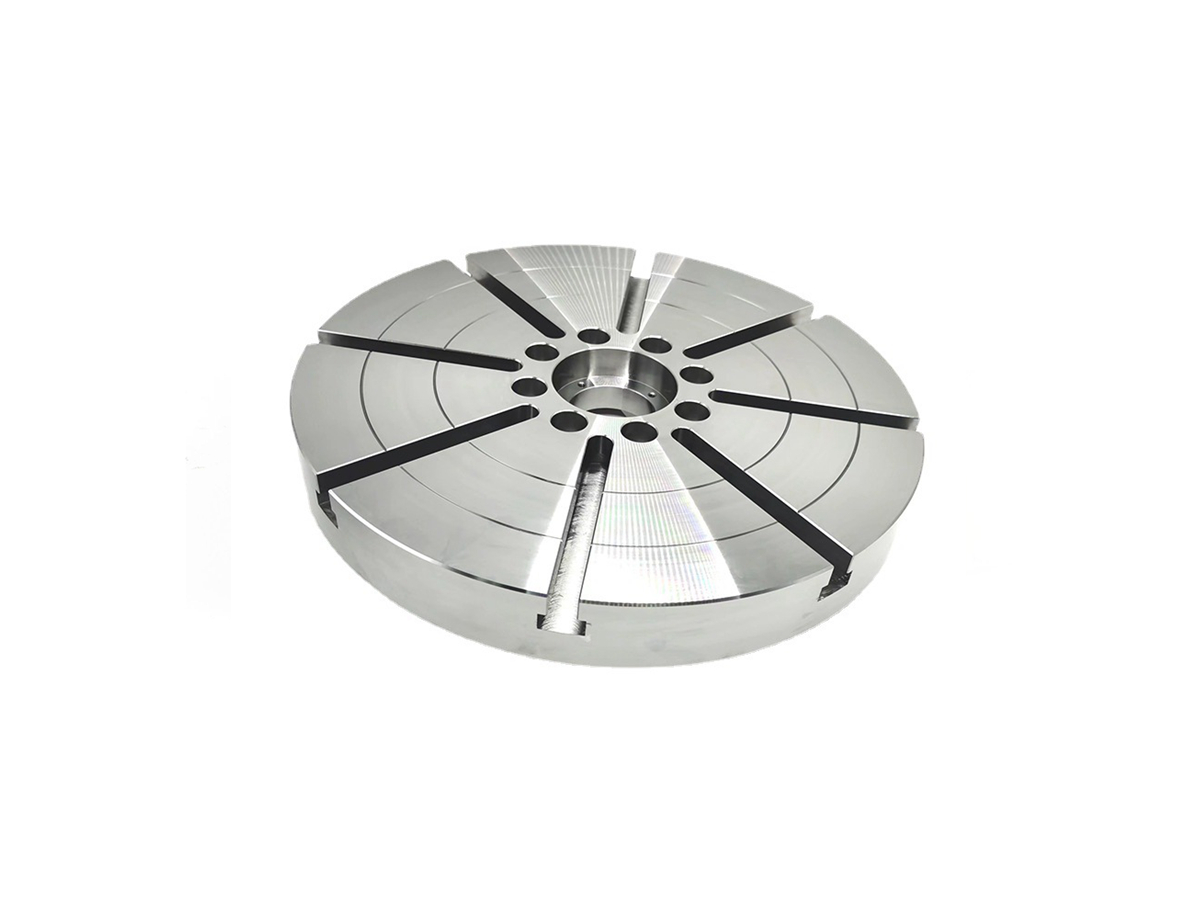Stainless Steel CNC Prototyping: Ideal for Corrosion-Resistant and Structural Parts
Introduction
Stainless steel is widely recognized for its superior corrosion resistance, structural integrity, and strength, making it highly suitable for CNC prototyping in demanding sectors like medical devices, marine equipment, and automotive. Through precise CNC machining, engineers can quickly produce accurate prototypes (±0.005 mm tolerance) to test designs effectively and ensure optimal performance and durability.
Leveraging stainless steel CNC machining allows rapid validation of prototypes, reducing production lead times, ensuring material compatibility, and achieving high-quality surface finishes essential for final component reliability.
Stainless Steel Material Properties
Material Performance Comparison Table
Material | Tensile Strength (MPa) | Yield Strength (MPa) | Density (g/cm³) | Corrosion Resistance | Typical Applications | Advantages |
|---|---|---|---|---|---|---|
515-620 | 205-275 | 7.93 | Excellent | Medical devices, food equipment | High corrosion resistance, good machinability | |
530-680 | 220-290 | 7.98 | Superior | Marine hardware, medical implants | Enhanced corrosion resistance, improved weldability | |
650-850 | 350-450 | 7.74 | Good | Surgical instruments, cutting tools | High strength, excellent hardness | |
1100-1310 | 1000-1170 | 7.80 | Excellent | Aerospace parts, structural components | High strength, precipitation hardenable |
Material Selection Strategy
Choosing the appropriate stainless steel alloy for CNC prototyping involves specific considerations of strength, corrosion resistance, and machining ease:
SUS304 offers excellent corrosion resistance and is widely selected for prototypes in food processing and medical applications due to its hygienic properties and ease of machining.
SUS316L provides superior resistance to chloride corrosion, making it ideal for marine prototypes and medical implants exposed to harsh chemical environments.
SUS420 delivers high tensile strength (up to 850 MPa) and hardness, perfect for surgical tools, blades, and wear-resistant prototypes.
SUS630 (17-4PH) combines exceptional tensile strength (up to 1310 MPa) and corrosion resistance, suitable for high-strength aerospace or structural prototypes.
CNC Machining Techniques for Stainless Steel Prototypes
CNC Machining Process Comparison
CNC Process | Accuracy (mm) | Surface Finish (Ra µm) | Applications | Advantages |
|---|---|---|---|---|
±0.01 | 0.4-0.8 | Structural components, brackets | Complex geometries, rapid prototyping | |
±0.005 | 0.4-1.2 | Shafts, cylindrical parts | Accurate cylindrical shaping, consistent quality | |
±0.01 | 0.6-1.2 | Holes, internal channels | Precision hole placement, high repeatability | |
±0.005 | 0.2-0.4 | Precision fittings, critical components | Exceptional accuracy, tight tolerances |
CNC Process Selection Strategy
Selecting CNC machining processes for stainless steel prototyping depends on design complexity, dimensional accuracy, and required surface finish:
CNC Milling is ideal for rapidly creating complex prototype shapes, structural brackets, and multi-featured components requiring moderate to high accuracy.
CNC Turning efficiently produces prototypes requiring rotational symmetry and tight tolerances, such as shafts and rods, ensuring dimensional accuracy within ±0.005 mm.
CNC Drilling ensures precise hole placement, essential for accurate assemblies or fluid handling components, maintaining tolerances within ±0.01 mm.
Precision Machining delivers ultra-high accuracy and strict dimensional consistency for prototypes demanding stringent mechanical fits and tolerances.
Surface Treatments for CNC Machined Stainless Steel Prototypes
Surface Treatment Comparison
Treatment Method | Hardness (HV) | Corrosion Resistance | Max Temp (°C) | Applications | Key Features |
|---|---|---|---|---|---|
Base Material | Excellent | 400°C | Medical instruments, aerospace parts | Enhanced corrosion resistance, surface purity | |
Base Material | Excellent | 600°C | Medical implants, precision parts | Smooth surface finish, improved cleanliness | |
2000-3000 | Superior | 600°C | Cutting tools, precision components | Extremely hard, wear-resistant coating | |
300-400 | Excellent | 180°C | Consumer products, industrial fixtures | Durable, aesthetic, corrosion-resistant finish |
Surface Treatment Selection Strategy
Surface treatments enhance prototype performance and lifespan significantly:
Passivation improves corrosion resistance, essential for medical and aerospace stainless steel prototypes requiring high surface purity.
Electropolishing produces extremely smooth surfaces (Ra ≤0.2 µm), ideal for medical implants and high-precision prototypes demanding superior cleanliness and low friction.
Physical Vapor Deposition (PVD) offers extreme hardness (up to 3000 HV), dramatically increasing wear resistance, suitable for prototypes subjected to aggressive conditions.
Powder Coating ensures a durable, corrosion-resistant, and aesthetically pleasing finish, ideal for consumer-facing products and industrial components.
Typical Prototyping Methods
CNC Machining Prototyping: Produces high-accuracy prototypes within ±0.005 mm tolerances, validating exact component performance.
3D Prototyping: Quick evaluation of design concepts with an accuracy of ±0.1 mm, facilitating rapid iterative development.
Rapid Molding Prototyping: Efficiently creates small prototype batches (±0.05 mm accuracy), essential for realistic functionality and durability tests.
Quality Assurance Procedures
Dimensional Verification (ISO 10360-2): Utilizing Coordinate Measuring Machines (CMM) to verify dimensions within ±0.005 mm accuracy.
Surface Roughness Inspection (ISO 4287): Ensuring surface finish meets design criteria (Ra ≤0.2 µm) critical for corrosion resistance and performance.
Material Composition Testing (ASTM E1086): Spectroscopic analysis to confirm accurate alloy composition for superior corrosion resistance and structural integrity.
Salt Spray Corrosion Test (ASTM B117): Rigorous evaluation of corrosion resistance, verifying performance in aggressive environments up to 1000 hours.
Mechanical Strength and Hardness Testing (ASTM E8 & ASTM E18): Evaluating tensile strength, yield strength, and hardness (HRC) to ensure component reliability under load-bearing conditions.
ISO 9001:2015 Quality Management Certification: Implementing rigorous quality management systems for traceability, process consistency, and high-standard output throughout prototyping.
Key Industry Applications
Medical implants and surgical instruments
Marine hardware components
Automotive structural parts
Food processing equipment
Related FAQs:
Why choose stainless steel for CNC prototyping?
What CNC processes work best for stainless steel prototypes?
How do surface treatments benefit stainless steel prototypes?
What quality standards are essential for stainless steel machining?
Which industries commonly use CNC machined stainless steel prototypes?

